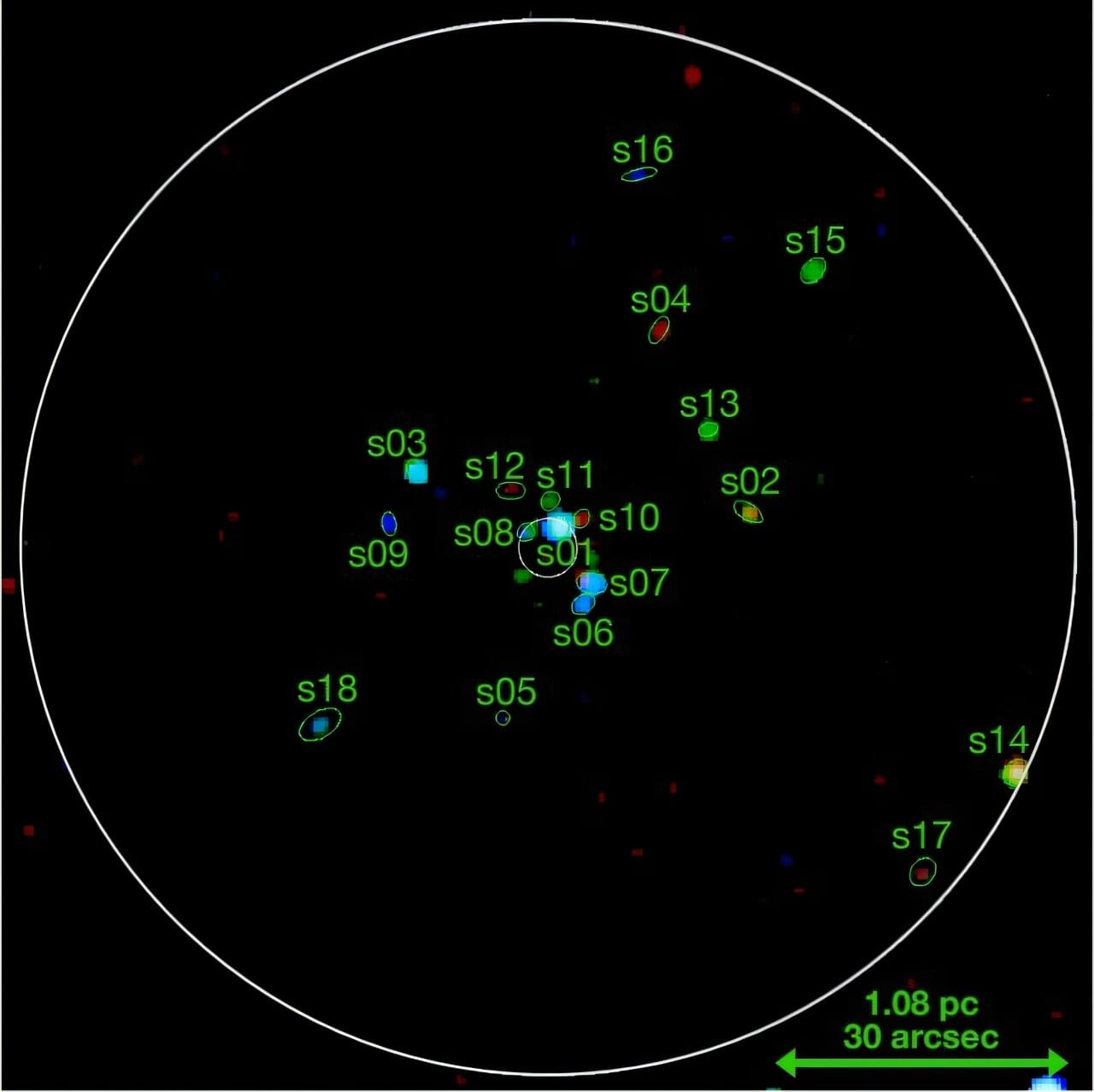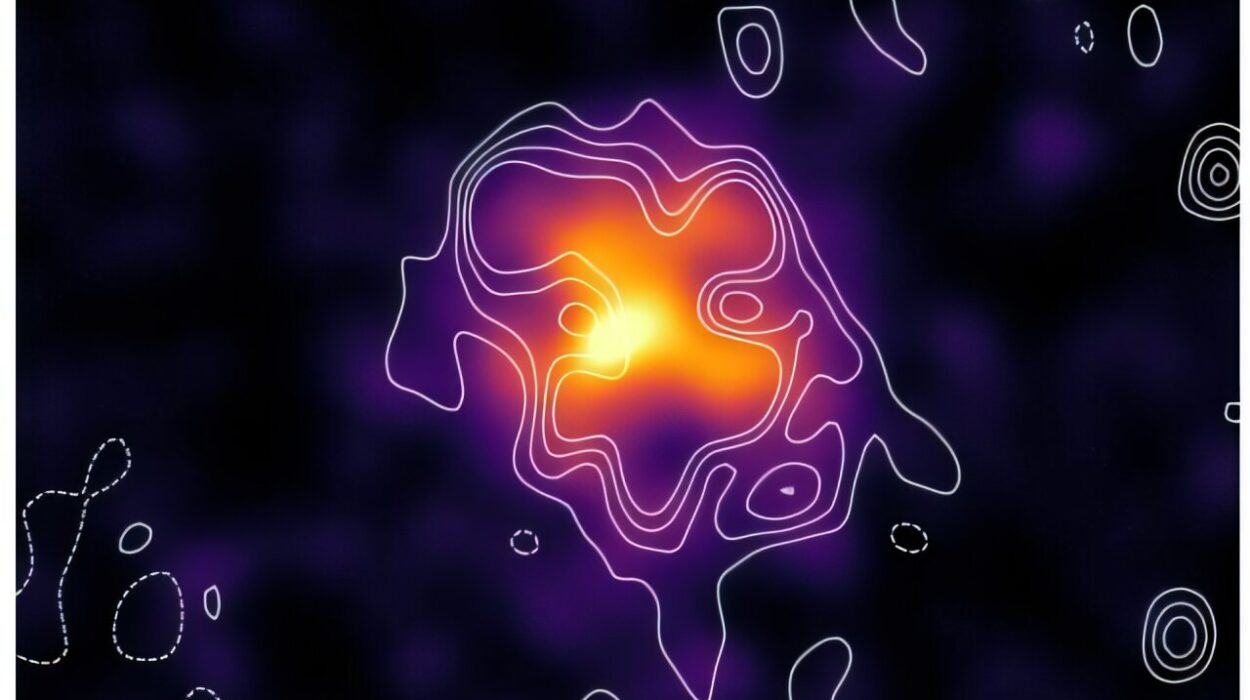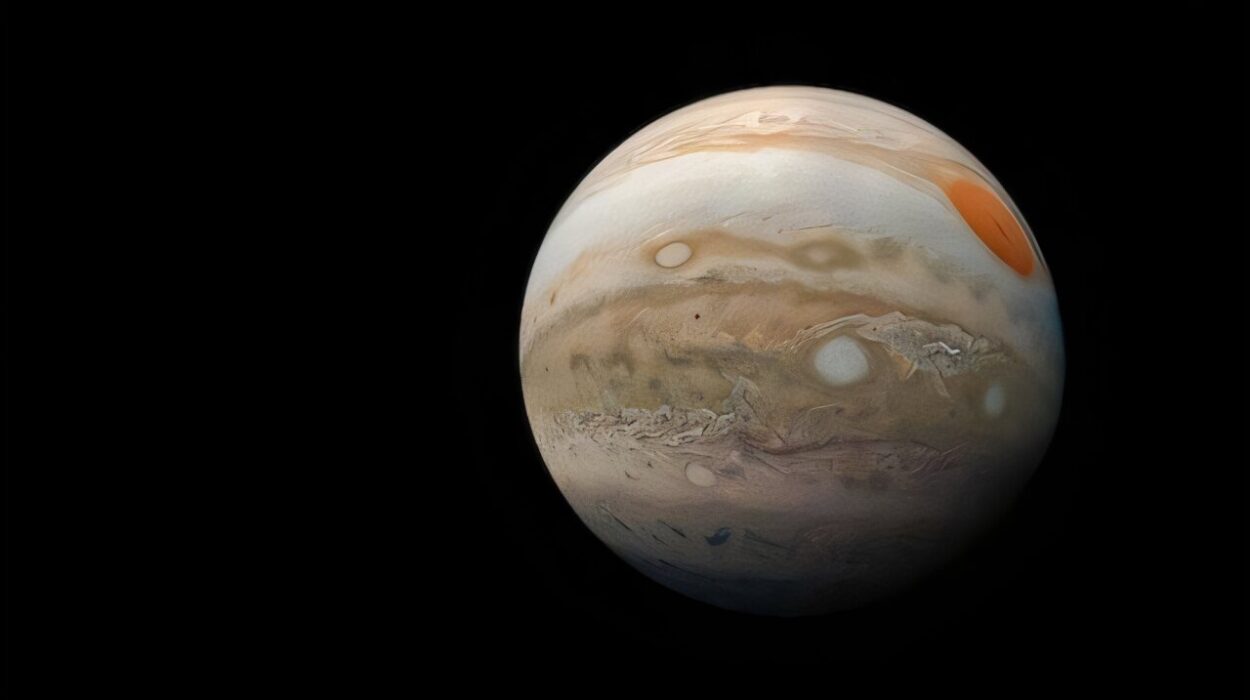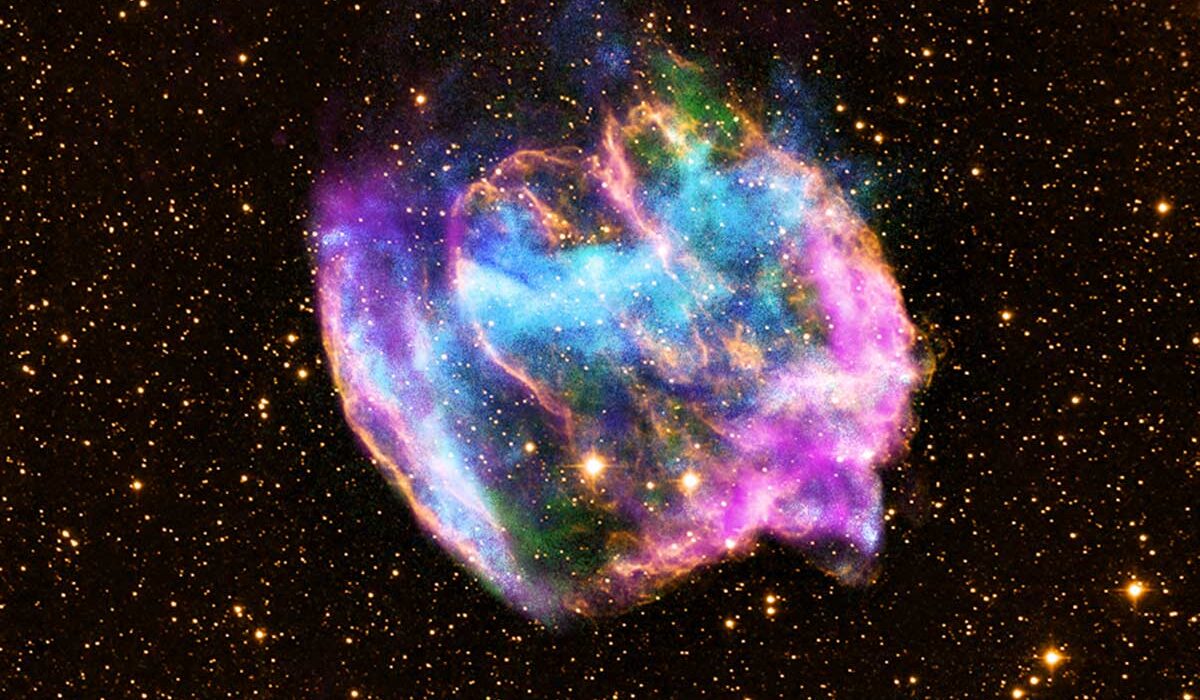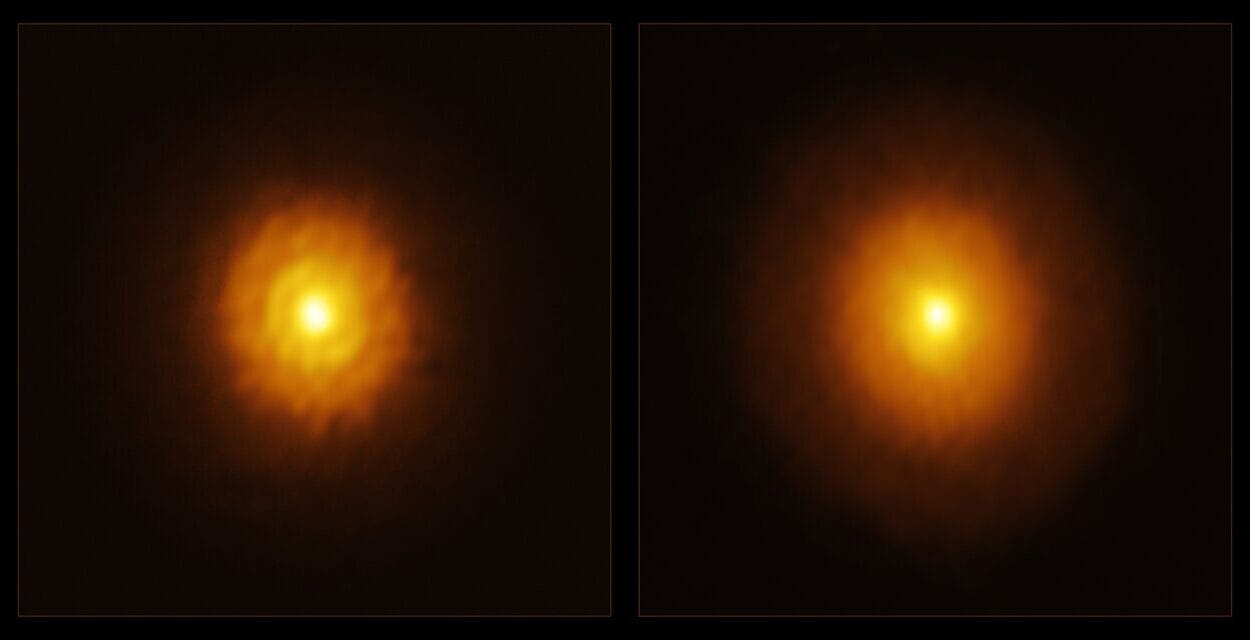High above us, hidden within the crowded bulge of the Milky Way, lies a glittering spherical swarm of stars known as NGC 6528. This is no ordinary cluster—it is one of the most metal-rich globular clusters in our galaxy, carrying within it the history of some of the earliest stellar generations. At nearly 11 billion years old, this cluster has witnessed cosmic events stretching back to the dawn of the Milky Way itself.
Recently, astronomers took a new step in understanding this ancient star city by using NASA’s Chandra X-ray Observatory to look at NGC 6528 in a way it had never been studied before—in X-rays. What they found reveals not only the hidden population of exotic stellar systems within the cluster but also how its chemical richness and long evolutionary history shaped its fate.
Globular Clusters: Fossils of Galactic History
Globular clusters are among the oldest surviving structures in the universe. Imagine a massive sphere packed with hundreds of thousands, sometimes millions, of stars, all gravitationally bound into a tight cosmic dance. These clusters formed during periods of intense star formation in the early universe, making them valuable fossils for astronomers seeking to piece together the story of how galaxies, including our own, came to be.
Most globular clusters are ancient and metal-poor, meaning they contain very few elements heavier than hydrogen or helium. These “metals” in astronomical terms come from previous generations of stars that forged heavier elements in their cores. But NGC 6528 is different—with a metallicity of about -0.1, it is unusually metal-rich for a globular cluster. That richness makes it an intriguing laboratory for studying how star chemistry and cluster evolution influence the kinds of exotic systems that form within it.
Chandra’s First Look at NGC 6528
Until now, NGC 6528 had never been examined in detail using X-rays. That changed when a team of astronomers, led by Bernard Leal of Michigan State University, turned to archival data from Chandra’s Advanced CCD Imaging Spectrometer (ACIS). They paired this high-resolution X-ray view with optical data from the Hubble Space Telescope and precise stellar mapping from the Gaia satellite.
By combining these powerful tools, the researchers could search for the faint X-ray glow of compact stellar systems—binary stars where one member is a white dwarf, neutron star, or black hole feeding off its companion. These systems act like cosmic lighthouses, shining brightly in X-rays as matter heats up to millions of degrees while spiraling onto the dense star.
Their study, published on August 13 on the arXiv preprint server, marks the first dedicated X-ray study of NGC 6528.
Eighteen Hidden X-ray Sources
The Chandra images revealed 18 distinct X-ray sources within the half-light radius of NGC 6528—the region containing half of the cluster’s stars. Two of these (designated s01 and s08) lie within the very core of the cluster, where stellar encounters are most common.
The brightest of these sources, s01, stood out with an X-ray luminosity of 100 nonillion erg/s—an almost unimaginable brightness when compared to our Sun’s feeble X-ray output. Its variability suggested that it is most likely a compact binary system, where mass transfer between stars powers its intense emission.
The second-brightest, s14, glowed at around 46 nonillion erg/s, though its softer X-ray emission and location near the half-light radius hinted that it might actually be a field star—a foreground or background star not truly part of the cluster.
What Lurks Inside NGC 6528
So, what are these X-ray sources? The team concluded that most of them are likely a mixture of cataclysmic variables (CVs) and active binaries (ABs).
- Cataclysmic variables are systems where a white dwarf star pulls gas from a companion, creating bursts of light and X-rays as material crashes onto its surface.
- Active binaries are close pairs of stars whose magnetic activity generates strong X-ray emission.
The researchers noted, however, that one or more of the brighter sources could be quiescent low-mass X-ray binaries (LMXBs)—systems where a neutron star or black hole accretes matter quietly at a low rate. These are some of the most fascinating cosmic objects, as they represent the remnants of once-massive stars, now feeding off companions in silence.
A Modest Population Against Expectations
One of the key takeaways from the study is that NGC 6528 hosts only a modest population of X-ray sources, despite its high metallicity. This finding is intriguing because high-metallicity clusters are often expected to produce more X-ray binaries. The reasoning is that heavier elements lead to stronger stellar winds and more efficient binary interactions, which can enhance the formation of these systems.
But in the case of NGC 6528, the team concluded that the cluster’s advanced dynamical evolution—the gradual settling and rearrangement of stars over billions of years—has reduced its X-ray population. In other words, while the cluster’s metal-rich environment favored the creation of X-ray binaries long ago, its age and internal evolution have since diminished their numbers.
Looking Ahead: Unlocking More Secrets
The study of NGC 6528 is far from over. The team emphasized that future observations, especially time-series optical or near-infrared photometry, could help classify the X-ray sources more precisely. By monitoring how these systems vary in brightness, astronomers can better identify whether they are cataclysmic variables, active binaries, or something even more exotic.
NGC 6528 may not have as many luminous X-ray binaries as expected, but each source still provides a valuable window into the complex interplay between chemistry, stellar evolution, and cluster dynamics.
Why It Matters
Studying globular clusters like NGC 6528 is not just an exercise in cataloging stars. These clusters are living records of cosmic history, and their exotic X-ray populations reveal the fates of stars pushed to their extremes. By learning why some clusters produce many X-ray binaries while others do not, astronomers can refine their understanding of how stars interact, evolve, and sometimes destroy one another in dense stellar environments.
And perhaps most importantly, these studies remind us that even after billions of years, these ancient clusters are still alive with activity. Hidden within their crowded cores are the remnants of stellar lives—white dwarfs, neutron stars, and black holes—engaged in violent but fascinating relationships that light up the cosmos in X-rays.
A Glimpse Into the Past, A Guide to the Future
NGC 6528 sits 25,800 light years away, a faint jewel in the night sky, invisible to the naked eye but alive with secrets. Thanks to Chandra, Hubble, and Gaia, astronomers are peeling back the layers of this ancient cluster and uncovering the hidden lives of stars within it.
Though it has lived through nearly the entire history of the Milky Way, NGC 6528 still teaches us something new: that the story of stars is not only written in light, but also in the invisible high-energy whispers of X-rays.
More information: Bernard Leal et al, The X-ray Source Population of the Metal-Rich Globular Cluster NGC 6528, arXiv (2025). DOI: 10.48550/arxiv.2508.10105
